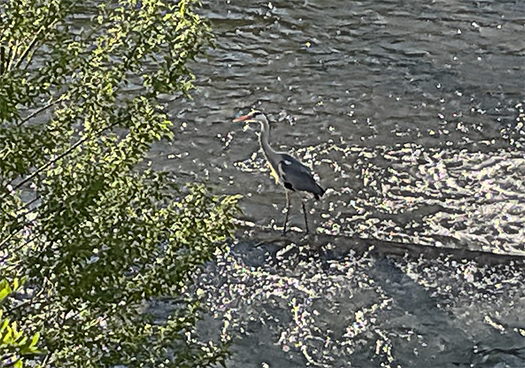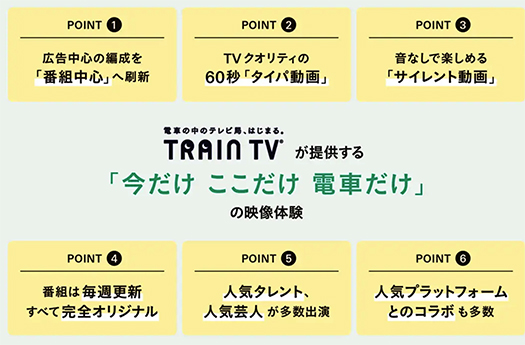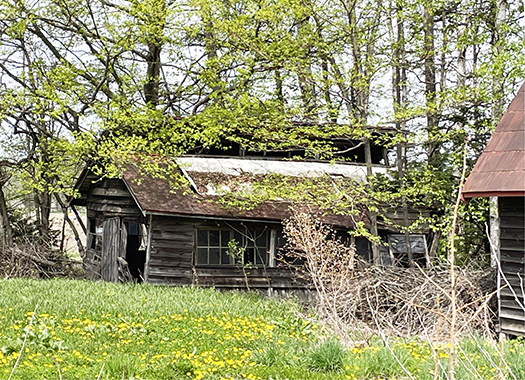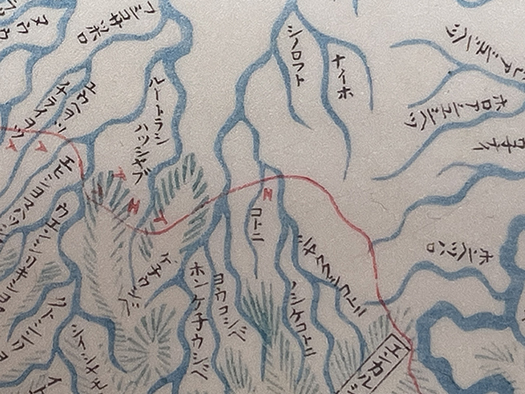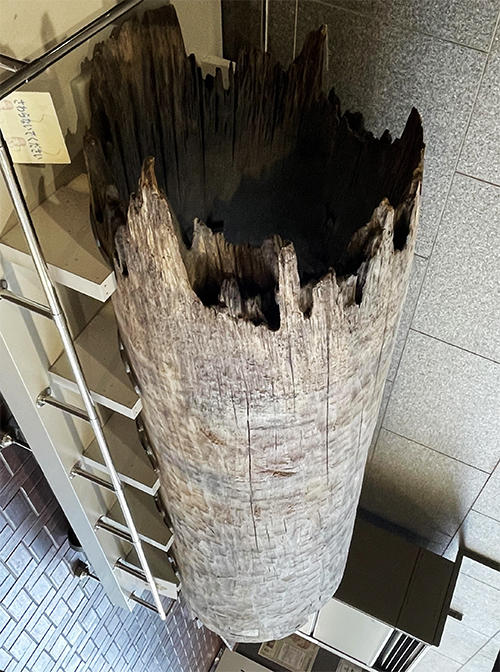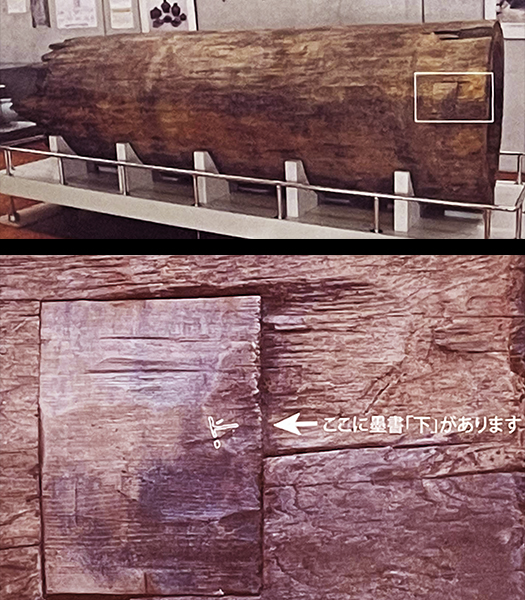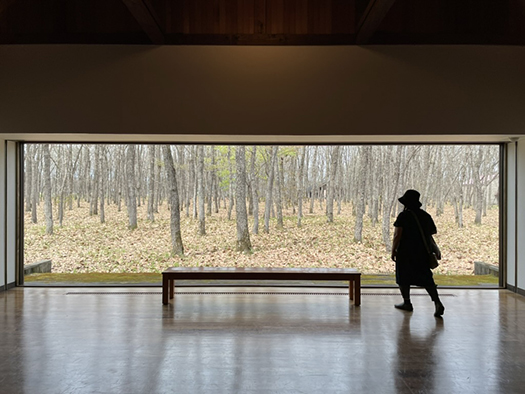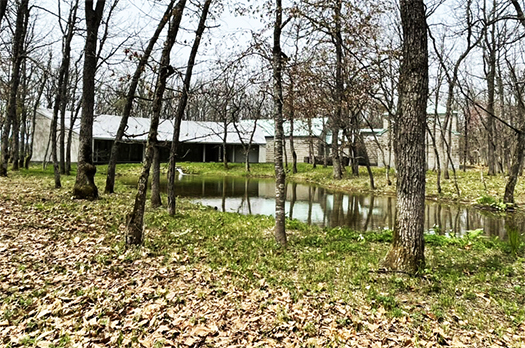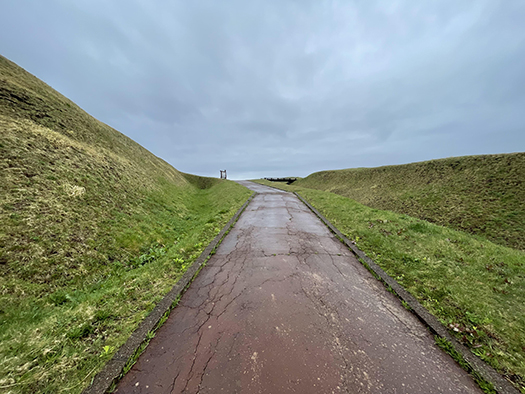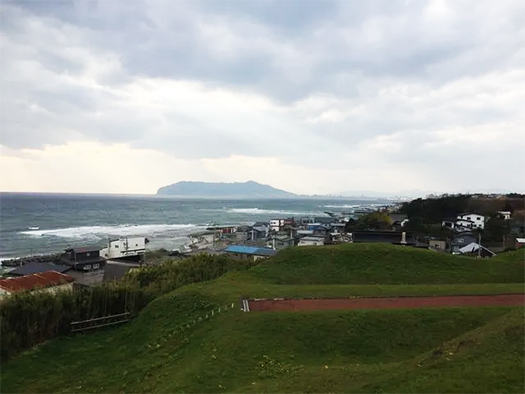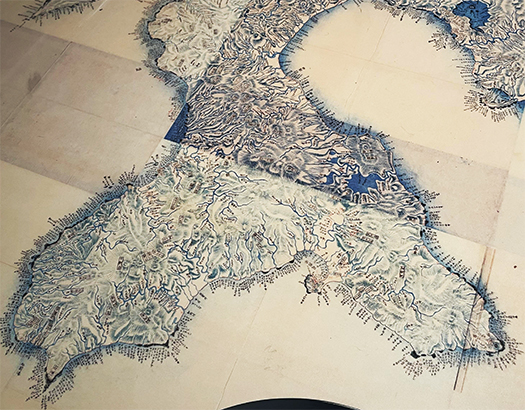

きのうは日中に久しぶりに自宅から西北側に1.5kmほどの西野緑道周辺を散歩。
数年前まではよく散歩コースとして歩いていたのですが、春先にヒグマの出没が伝えられることが頻発していたので、予防的に別コースに変更していたのです。
ことしも春先に出没情報、知人の家のすぐ近くに出没と言うことがありましたが、まぁ日中であれば大丈夫だろうということで歩いてみた次第。無事であります(笑)。
北海道のこの時期、一斉に草花が芽吹き、木々は新緑に彩られ、野山は豊かな彩色に包まれていく。そして雪融けの水はゆたかな水流となって里を潤していってくれる。陽光は満ちあふれて天は見事な蒼天、いやもっと明るいブルーに満たされる。
雪に閉ざされた大地が、彩りを回復して本来の姿を復元してくれる。
気温は20度前後まで上昇して暑くなく寒くなく、なにも意識することがない。こういう時期のこの地が、まるで天国にいちばん近いと形容する人も多い。同意。
ということで、ここのところデスクワークが増えてきて、目に充血させながらの作業だったこともあったので、こういう風景がまことに視野的にすばらしい。
天国というのは、どこか死を意識した表現であるのかも知れない。西行の詞に「ねがわくば花の下にて春死なん、そのきさらぎの望月のころ」というのがありますが、自然の美感にはなにか悠久、そこにつながっていたいという深層心理を人間に呼び起こすものなのかも知れませんね。
中世の日本の花鳥風月の中に生きた西行さんはそのように詠嘆したけれど、21世紀ニッポン、それもつい150年ほど前に新領土として確定した北海道人としては、この季節をもって「そのきさらぎの望月のころ」としたい。西行さん、いかがでしょうか?
こういう風景にいっとき抱かれていたのですが、現実にはたくさんのデスクワークが待っていてくれる。「おい、いったいオマエはどこでサボっていたのだ」みたいに迫られる(笑)。でもこういう風景との出会いが、またこころに「ゆとり」となってくれる。
再起動させて取り組んでいくと、それはそれで忘我するような集中を呼んでくれる。天地と季節の妙に打たれております。
English version⬇
The Closest Island to Heaven: Hokkaido in Early Summer
When you are busy using your mind, you want to be relieved and forgetful. The northern land conveys that blissful state. Winter is finally over, and now is the best time of year. The first summer in Hokkaido.
Yesterday, I took a walk during the daytime for the first time in a while around Nishino Greenway, about 1.5 km northwest of my house.
Until a few years ago, I used to take a walk along this course, but in early spring, there were frequent reports of brown bears appearing in the area, so I had changed to a different course as a precautionary measure.
This year, too, there was a report of a brown bear appearing in early spring, and it was reported to have appeared near an acquaintance’s house, but I thought it would be safe to walk during the daytime. I was safe and sound (laugh).
At this time of year in Hokkaido, flowers and grasses sprout all at once, trees become freshly green, and the fields and mountains are enveloped in rich colors. Water from the melting snow flows through the villages and moistens the land. Sunlight fills the sky, and the sky is filled with a brilliant azure, or even brighter blue.
The land, which had been buried in snow, is restored to its original state of color and beauty.
The temperature rises to around 20 degrees Celsius, neither hot nor cold, and there is no need to be conscious of anything. Many people describe this time of year as the closest to heaven. I agree.
I have been working at my desk more and more these days, and my eyes have been bloodshot, so this kind of scenery is truly wonderful from my point of view.
Heaven” may be an expression of some awareness of death. In Saigyo’s lyrics, “I wish to die in spring under the flowers, around the time of the Kisaragi no Mochizuki”.
Saigyo, who lived among the flowers, birds, winds, and moon of medieval Japan, wrote a poem like this, but in 21st century Japan, and as a person from Hokkaido, which was established as a new territory only 150 years ago, I would like to call this season “the Kisaragi no Mochizuki no Koro” (the season of the Kisaragi moon). What do you think, Saigyo-san?
I was embraced by this kind of scenery for a while, but in reality, a lot of desk work awaits me. I am forced to ask myself, “Hey, where on earth have you been slacking off? (laugh). But encounters with this kind of scenery give me a sense of “space” in my mind.
When I restart and work on it again, it brings me to a state of concentration that makes me forget myself. I am struck by the strangeness of heaven and earth and the seasons.
Posted on 5月 16th, 2024 by 三木 奎吾
Filed under: 日本社会・文化研究 | No Comments »


